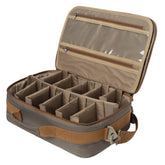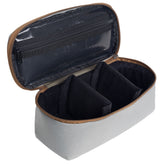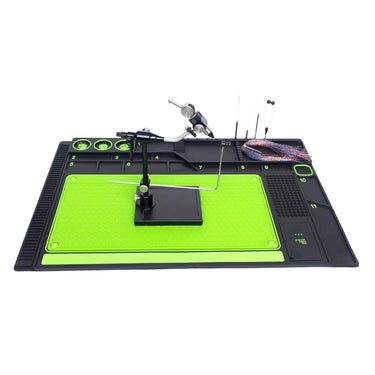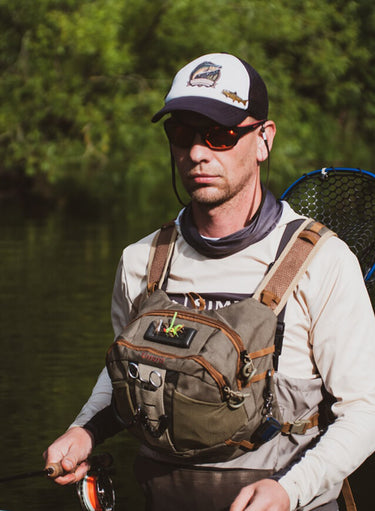Winged Stone: Nature's Silent Aviator
The stonefly (order Plecoptera) is an aquatic insect known for its importance in freshwater ecosystems, particularly as a bioindicator of water quality. Here are some key details:
Characteristics:
Appearance: Slender, flattened body with two pairs of membranous wings (when adult) that fold flat over the abdomen. They have long antennae and cerci (tail-like appendages).
Size: Typically 5–50 mm long, depending on the species.
Larvae (Nymphs): Aquatic, with gills for breathing underwater. They resemble adults but lack wings.
Adults: Short-lived (a few weeks), primarily focused on reproduction. Some species don’t feed as adults.
Habitat:
Found near clean, well-oxygenated streams and rivers.
Prefer cold, fast-flowing water with rocky substrates.
Sensitive to pollution, making them indicators of good water quality.
Life Cycle:
Eggs: Laid in water; hatch into nymphs.
Nymphs: Live underwater for months to years, molting multiple times.
Adults: Emerge, mate, and lay eggs—often in spring or summer.
Ecological Role:
Food Source: Important for fish (e.g., trout) and birds.
Bioindicators: Their presence signals healthy freshwater systems.
Fun Facts:
Some species "drum" their abdomens to communicate.
Fossil records date back over 250 million years!
Would you like details on a specific species or their fishing importance (e.g., as trout bait)?















